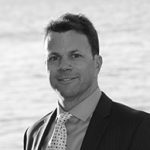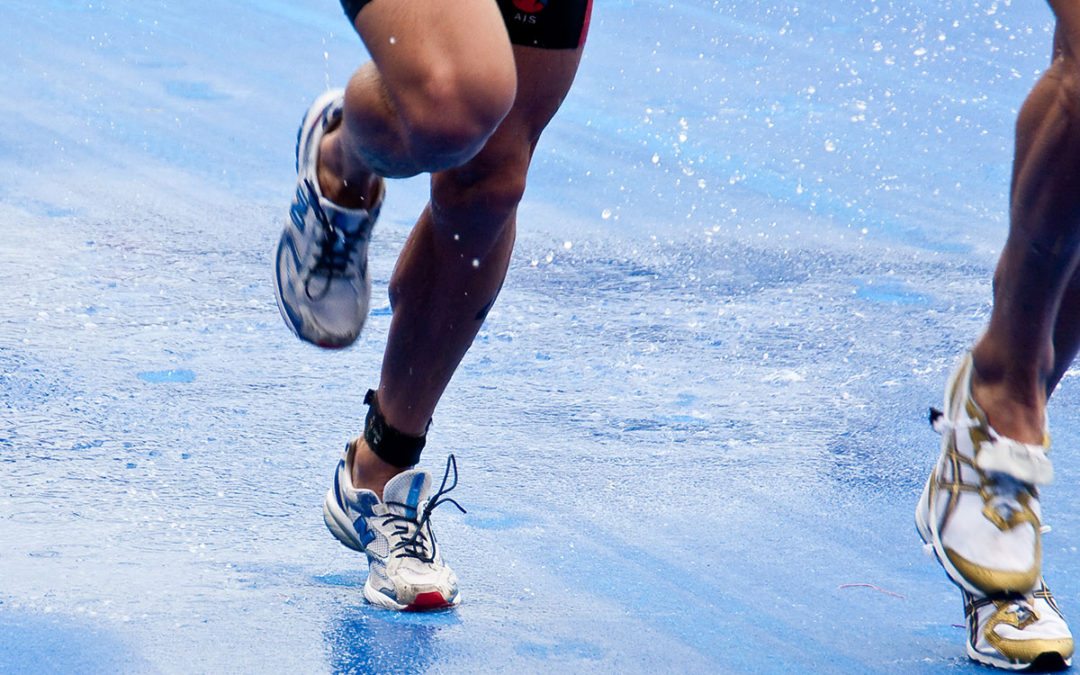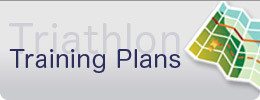Smart watches and other devices can measure your workload (how hard you’re working via heart rate) and your output (speed, pace and power output) when training for events like triathlons, bike centuries and running races. While devices provide the data (assuming they’re charged), they cannot make smart decisions for you.
For example, your smart device may tell you that you’re running or riding at the perfect race pace, but if you’re running (or riding) on fumes due to low fuel levels or in a dehydrated state, following your perfect race pace may make the situation worse.
Factors Affecting Pace and Effort
There are are number of factors that will affect your ability to maintain a set pace or effort to include:
- Environmental factor such as elevation, heat, humidity, wind, and currents;
- Distance of the event;
- Terrain (flat versus vs. uphill vs. downhill;
- The ability to draft off of competition (not allowed in cycling during most triathlons);
- Fuel and fluid intake;
- Athlete training and racing experience; and
- Age and sex of the athlete.
Let’s explore three in more detail: (1) Fluid and Fuel Intake, (2) Environment and (3) Athlete Experience.
If you don’t properly keep your body fueled or hydrated, your body will try to slow you down so that you aren’t expending as much energy or working as hard. When dehydrated and especially in higher temperatures, your body must maintain appropriate core temperature (cooling through sweat) at the expense of the working muscles and gut, which require blood (primarily water). Even if you can maintain a desired pace in a depleted or dehydrated state, you will be fighting against your body’s need to slow down and creating more fatigue in the process.
Consider your environmental surroundings. For example, an athlete was swimming in an outdoor pool and was struggling to make the intervals. At the wall a few other swimmers also noted they felt it was harder to breathe than normal. Once they were all talking they realized there had been a fire nearby, resulting in poor air quality. Other environmental factors like high temperatures and high elevations (lower saturation of oxygen) will increase perceived effort for a given pace as compared to lower temperatures and elevations. Maybe you can’t control your environment, but be aware of impacting environmental factors and adjust your pace when training accordingly.
As you gain experience training and racing you’ll become more in tune with your body and how to pace yourself. For example, expect to slow down on the uphills and speed up on the downhills. Use Rate of Perceived Exertion (RPE) in conjunction with your smart device to help determine whether you should push harder, keep steady, or slow down.
Keep in mind that some metrics, such as power output and heart rate, may not always directly match up. Heart rate reflects your body’s reaction to the work that it is doing. Power is the end result (output). But what is your body having to do to create that power?
Key Takeaways
Never be a slave to your device, be it a smart watch or a power meter. A device is a tool and its metrics need to be considered in the context of what is going on in the moment. Consider questions like:
- Am I going uphill or downhill?
- Is there a head wind or tail wind?
- What’s the elevation?
- What’s the air temperature?
- Have I been eating and drinking enough?
- Does the effort feel appropriate for the pace/effort I’m trying to maintain?
And adjust your effort and pace up or down as appropriate.
Good luck and happy training,
David
—
 Coach David Glover, MS, CSCS has completed 28 IRONMAN distance triathlons, which includes two sub 9 hour finishes and winning Vineman Full twice. Now, David’s passion now is helping triathlete and other endurance athletes achieve their dreams through his online triathlon education and training company, ENDURANCEWORKS. David has an MS in Exercise Physiology and is certified as a coach by IRONMAN Triathlon, USA Triathlon and USA Cycling plus has his CSCS from NSCA. After six years of living, training and coaching in the triathlon mecca of Boulder, CO, David currently resides in Southern California.
Coach David Glover, MS, CSCS has completed 28 IRONMAN distance triathlons, which includes two sub 9 hour finishes and winning Vineman Full twice. Now, David’s passion now is helping triathlete and other endurance athletes achieve their dreams through his online triathlon education and training company, ENDURANCEWORKS. David has an MS in Exercise Physiology and is certified as a coach by IRONMAN Triathlon, USA Triathlon and USA Cycling plus has his CSCS from NSCA. After six years of living, training and coaching in the triathlon mecca of Boulder, CO, David currently resides in Southern California.


